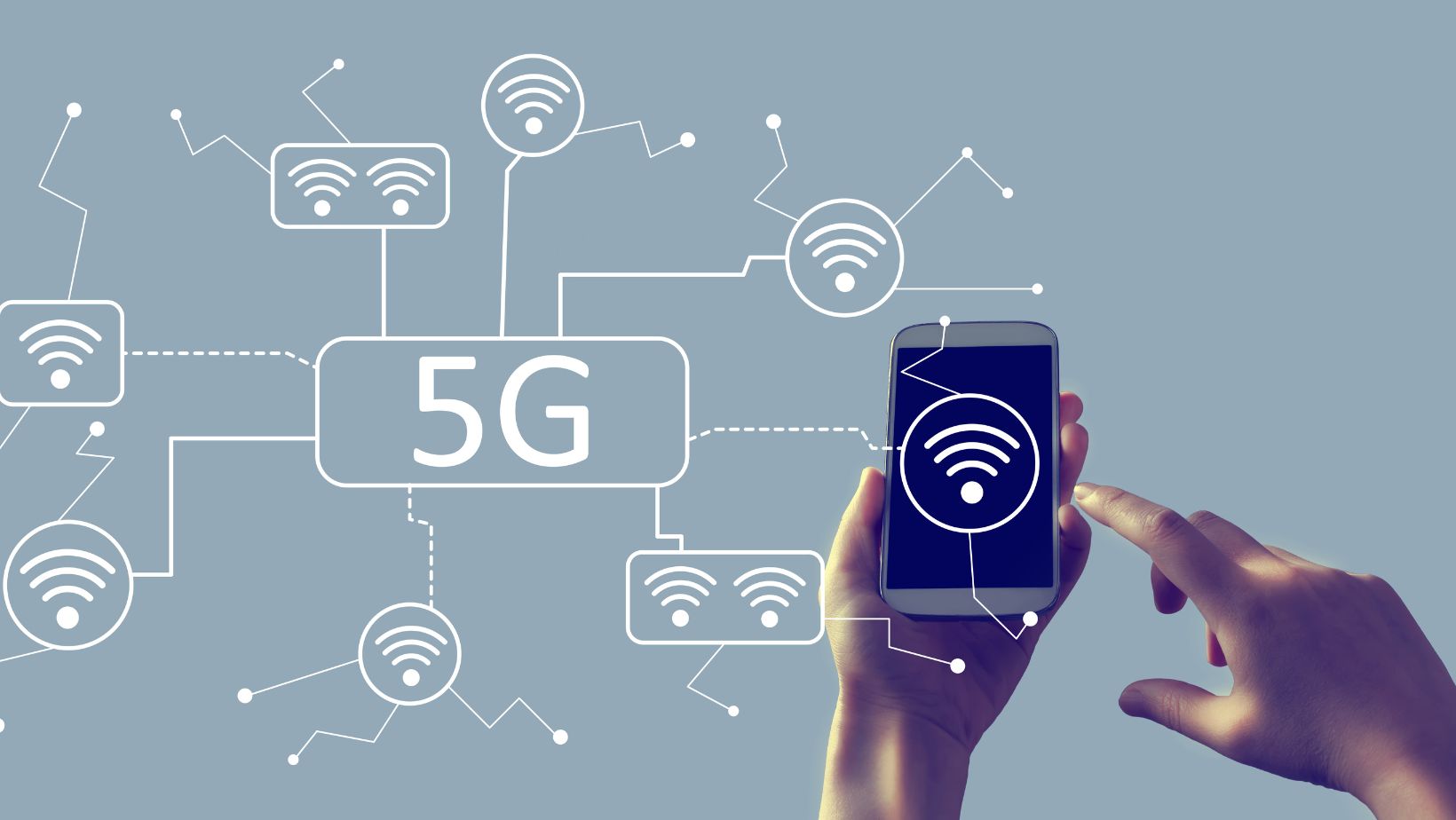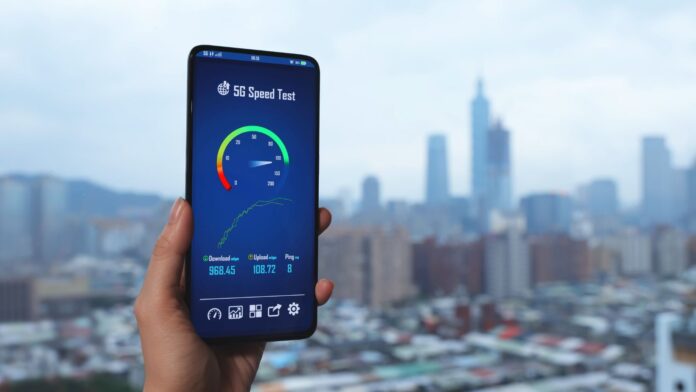5G vs LTE Verizon
5G and LTE are two different wireless technologies that offer connectivity to mobile devices. As a Verizon customer, you may be wondering about the differences between 5G and LTE and which one is better for your needs. In this article, I’ll break down the key aspects of 5G and LTE on Verizon’s network to help you make an informed decision.
Firstly, let’s talk about speed. 5G is touted as the next generation of wireless technology, promising blazing-fast download and upload speeds. With 5G, you can expect to experience lightning-quick downloads, seamless streaming of high-definition content, and reduced latency for real-time applications like gaming or video conferencing. On the other hand, LTE (Long-Term Evolution) is the current standard for wireless communication and offers fast speeds as well but not at the same level as 5G.
Coverage is another crucial factor to consider. While Verizon has been expanding its 5G coverage across the United States, it’s important to note that it may not be available everywhere just yet. LTE, on the other hand, has widespread coverage in most areas served by Verizon. So if you’re looking for consistent connectivity in more remote or rural locations, LTE might be a more reliable option for now.

The Difference Between 5G and LTE
When it comes to the world of mobile communication, two terms that often come up are 5G and LTE. These acronyms refer to different generations of wireless technology, each with its own set of capabilities and characteristics. To understand the difference between 5G and LTE, let’s take a closer look at what each of these technologies offers.
-
Speed and Bandwidth:
- One of the key differences between 5G and LTE lies in their speed and bandwidth capabilities. While LTE (Long-Term Evolution) is already quite fast, offering download speeds ranging from 10 to 50 Mbps, 5G takes things to a whole new level.
- With its promise of lightning-fast speeds, 5G has the potential to reach download speeds up to several gigabits per second (Gbps). This means you can download files, stream videos, or play online games without any lag or buffering issues.
-
Latency:
- Another significant difference between 5G and LTE is the latency factor. Latency refers to the time it takes for data to travel from one device to another.
- In simple terms, lower latency means less delay in transmitting information. While LTE typically offers latency around tens of milliseconds (ms), 5G aims for ultra-low latency in single-digit milliseconds.
- This reduced latency is crucial for applications that require real-time responsiveness like remote surgery, autonomous vehicles, or augmented reality experiences.
-
Capacity:
- When it comes to capacity or network congestion handling ability, 5G outshines LTE as well. As more devices connect to the internet simultaneously, network congestion becomes a concern.
- With its advanced infrastructure design utilizing higher frequency bands such as millimeter wave spectrum (mmWave), 5G can support a significantly larger number of connected devices within a specific area compared to LTE networks.
5G opens up a world of possibilities for applications that require real-time responsiveness and seamless connectivity. As this next-generation technology continues to roll out globally, we can expect transformative changes across various industries that rely on mobile communications.
Understanding Verizon’s 5G Network
Verizon has been at the forefront of the 5G revolution, bringing this next-generation technology to cities across the United States. With its promise of faster speeds, lower latency, and increased capacity, 5G is set to transform how we connect and communicate in our increasingly digital world.
So, what exactly is Verizon’s 5G network? Let me break it down for you:
- Ultra-fast Speeds: One of the most significant advantages of Verizon’s 5G network is its lightning-fast speeds. With download speeds reaching up to 10 gigabits per second (Gbps), you can stream high-definition videos instantly, download large files in a matter of seconds, and experience smoother online gaming like never before.
- Low Latency: Another key feature of Verizon’s 5G network is its remarkably low latency. Latency refers to the time it takes for data to travel from one point to another on a network. With reduced latency on the 5G network, activities that require real-time responsiveness such as video conferencing or autonomous vehicle communication can be carried out seamlessly.
- Increased Capacity: As more devices become connected and our reliance on them grows, having a robust network infrastructure that can handle the increasing demand becomes crucial. Verizon’s 5G network offers significantly greater capacity compared to previous generations, allowing more devices to connect simultaneously without compromising performance.
In conclusion, the future of wireless technology on Verizon is set to be exciting and transformative. With 5G bringing unmatched speed and low latency, coupled with LTE’s widespread coverage and reliability, users can look forward to an enhanced connectivity experience.


